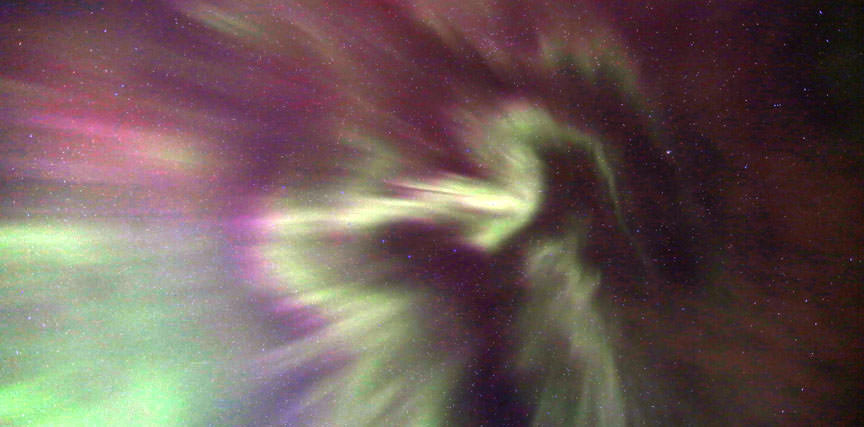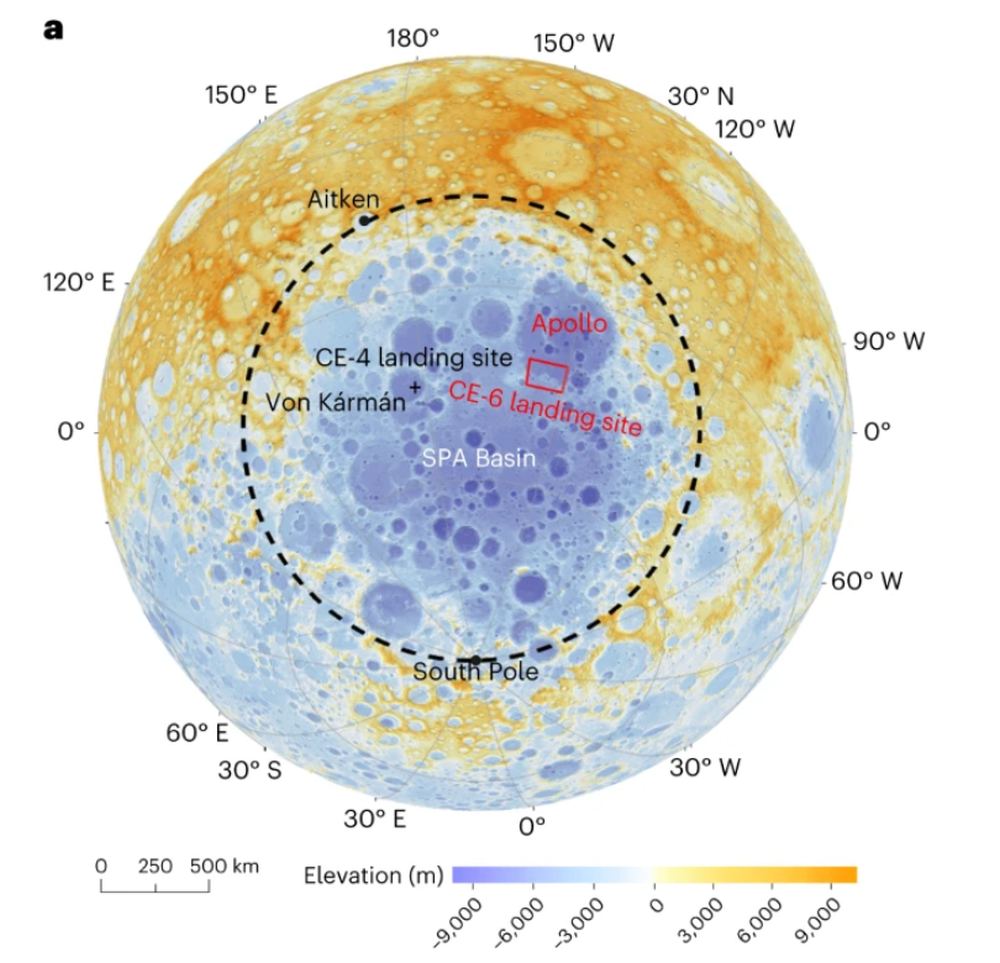Back in the year 2000, Epsilon Eridani b was discovered. It is a Jupiter-like exoplanet 10.5 light years away but it has taken decades of observations to learn more about the planet. One thing that remains a mystery is it’s orbit which, until recently has been unknown. There has never been a direct image of the planet either, so now, it’s the turn of JWST to see what it can do.
Continue reading “Astronomers Try to Directly Observe Epsilon Eridani b. No Luck. Maybe Webb Can Find it?”Some Clever Ways to Search for Primordial Black Holes
Primordial Black Holes (PBHs) have recently received much attention in the physics community. One of the primary reasons is the potential link to dark matter. In effect, if PBHs can be proven to exist, there’s a very good chance that they are what dark matter, the invisible thing that makes up 85% of the universe’s mass, is made of. If proven, that would surely be a Nobel-level discovery in astrophysics.
Continue reading “Some Clever Ways to Search for Primordial Black Holes”These Rocks Formed in an Ancient Lake on Mars

We already know that water has existed on the surface of Mars but for how long? Curiosity has been searching for evidence for the long term presence of water on Mars and now, a team of researchers think they have found it. The rover has been exploring the Gale Crater and found it contains high concentrations of Manganese. The mineral doesn’t form easily on Mars so the team think it may have formed as deposits in an ancient lake. It is interesting too that life on Earth helps the formation of Manganese so its presence on Mars is a mystery.
Continue reading “These Rocks Formed in an Ancient Lake on Mars”What a Weekend! Spectacular Aurora Photos from Around the World

“A dream come true.”
“I never expected this!”
“The most amazing light show I’ve ever seen in my life!”
“Once in a lifetime!”
“No doubt, this weekend will be remembered as ‘that weekend.’”
That’s how people described their views of the Aurora borealis this weekend, which put on a breathtaking celestial show around the world, and at lower latitudes than usual. This allowed hundreds of millions of people to see the northern lights for the first time in their lives. People as far south as Arizona and Florida in the US and France, Germany and Poland in Europe got the views of their life as a series of intense solar storms – the most powerful in more than 20 years – impacted Earth’s atmosphere starting Friday and through the weekend.
Continue reading “What a Weekend! Spectacular Aurora Photos from Around the World”SpaceX Shows Off Its New Extravehicular Activity Suit
In February 2022, SpaceX and entrepreneur/philanthropist Jared Isaacman (commander of the Inspiration4 mission) announced they were launching a new program to “rapidly advance human spaceflight capabilities” while supporting important charitable and humanitarian causes here on Earth. It’s called the Polaris Program. In a recent press release, SpaceX revealed the spacesuits its Polaris astronauts will be wearing (up top) and described the research crews will conduct during the program’s three human spaceflight missions – the first of which is scheduled to launch this summer!
Continue reading “SpaceX Shows Off Its New Extravehicular Activity Suit”Do Clashing Galaxies Create Odd Radio Circles?

Within the last five years, astronomers have discovered a new type of astronomical phenomenon that exists on vast scales – larger than whole galaxies. They’re called ORCs (odd radio circles), and they look like giant rings of radio waves expanding outwards like a shockwave. Until now, ORCs had never been observed in any wavelength other than radio, but according to a new paper released on April 30 2024, astronomers have captured X-rays associated with an ORC for the first time.
Continue reading “Do Clashing Galaxies Create Odd Radio Circles?”Supermassive Black Holes Got Started From Massive Cosmic Seeds

Supermassive black holes are central to the dynamics and evolution of galaxies. They play a role in galactic formation, stellar production, and possibly even the clustering of dark matter. Almost every galaxy has a supermassive black hole, which can make up a small fraction of a galaxy’s mass in nearby galaxies. While we know a great deal about these gravitational monsters, one question that has lingered is just how supermassive black holes gained mass so quickly.
Continue reading “Supermassive Black Holes Got Started From Massive Cosmic Seeds”If You’ve Never Seen An Aurora Before, This Might Be Your Chance!

Tonight and the rest of the weekend could be your best chance ever to see the aurora.
The Sun has been extremely active lately as it heads towards solar maximum. A giant Earth-facing sunspot group named AR3664 has been visible, and according to Spaceweather.com, the first of an unbelievable SIX coronal mass ejections were hurled our way from that active region, and is now hitting our planet’s magnetic field.
Solar experts predict that people in the US as far south as Alabama and Northern California could be treated to seeing the northern lights during this weekend. For those of you in northern Europe, you could also be in for some aurora excitement. Check the Space Weather Prediction Center’s 30-minute Aurora Forecast for the latest information.
If the weather conditions are right in your area, you might hit the aurora jackpot. See a map with predictions, below.
Continue reading “If You’ve Never Seen An Aurora Before, This Might Be Your Chance!”Lighting Up the Moon’s Permanently Shadowed Craters

The Moon’s polar regions are home to permanently shadowed craters. In those craters is ancient ice, and establishing a presence on the Moon means those water ice deposits are a valuable resource. Astronauts will likely use solar energy to work in these craters and harvest water, but the Sun never shines there.
What’s the solution? According to one team of researchers, a solar collector perched on the crater’s rim.
Continue reading “Lighting Up the Moon’s Permanently Shadowed Craters”Here’s Where China’s Sample Return Mission is Headed

Humanity got its first look at the other side of the Moon in 1959 when the USSR’s Luna 3 probe captured our first images of the Lunar far side. The pictures were shocking, pointing out a pronounced difference between the Moon’s different sides. Now China is sending another lander to the far side.
This time, it’ll bring back a sample from this long-unseen domain that could explain the puzzling difference.
Continue reading “Here’s Where China’s Sample Return Mission is Headed”


